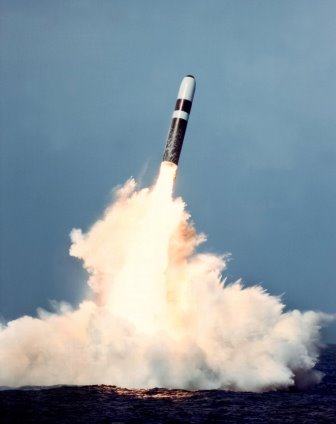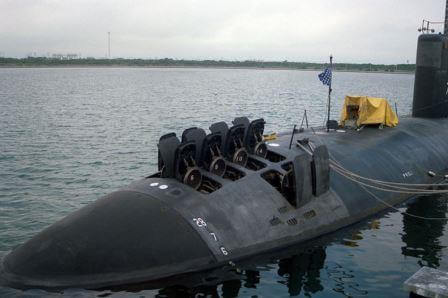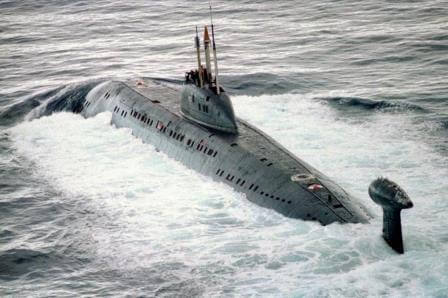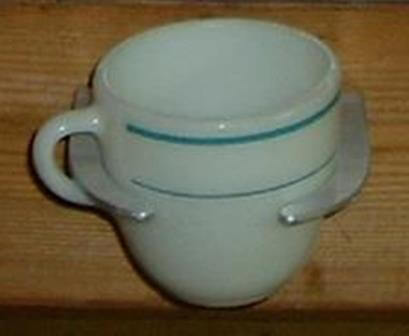(1) Twenty-sixth letter of the phonetic (sound) alphabet. Used when voicing the
letter "Z" to avoid confusion.
(2) Universal Time, also referred to as Greenwich Mean Time. As time pieces became more
accurate and communication became global, there needed to be a point from which all other world times were
based. Since Great Britain was the world's foremost maritime power when the concept of latitude and longitude
came to be, the starting point for designating longitude was the "prime meridian" which is zero degrees and
runs through the Royal Greenwich Observatory, in Greenwich, England, southeast of central London. As a result,
when the concept of time zones was introduced, the "starting" point for calculating the different time zones
was/is at the Royal Greenwich Observatory. When it is midnight (0000Z) at the observatory, it is five hours earlier
(under Standard Time) in Washington, D.C.; six hours earlier in Chicago; seven hours earlier in Phoenix; and,
eight hours earlier in Los Angeles.
When the submarine leaves port, the onboard clocks are changed from local time in the port being visited to Zulu time. It
is the responsibility of the Quartermaster to update the clocks and reset daily if they run fast or slow.
(3) The Soviet Navy's Project 611, also known by their NATO reporting name of
Zulu-class, were designed as attack submarines, but six were converted in 1956 to become the world's
first ballistic missile submarines, one armed with a single F-11FM Scud missile and five others with two
Scuds each. The missiles were too long to be contained in the boat's hull, and extended into the
enlarged sail. Soviet submarine B-67 successfully launched a missile on 16 September 1955. The design
was influenced by the German Type XXI U-boat of the World War II era.
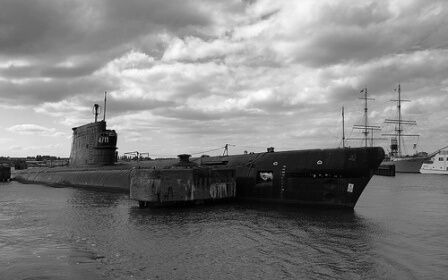
(Soviet Zulu-class submarine on the surface.)

(A Soviet Zulu-class submarine underway.)

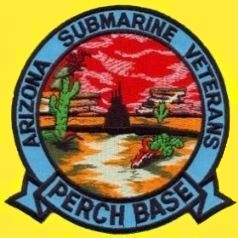
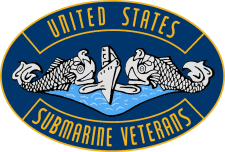





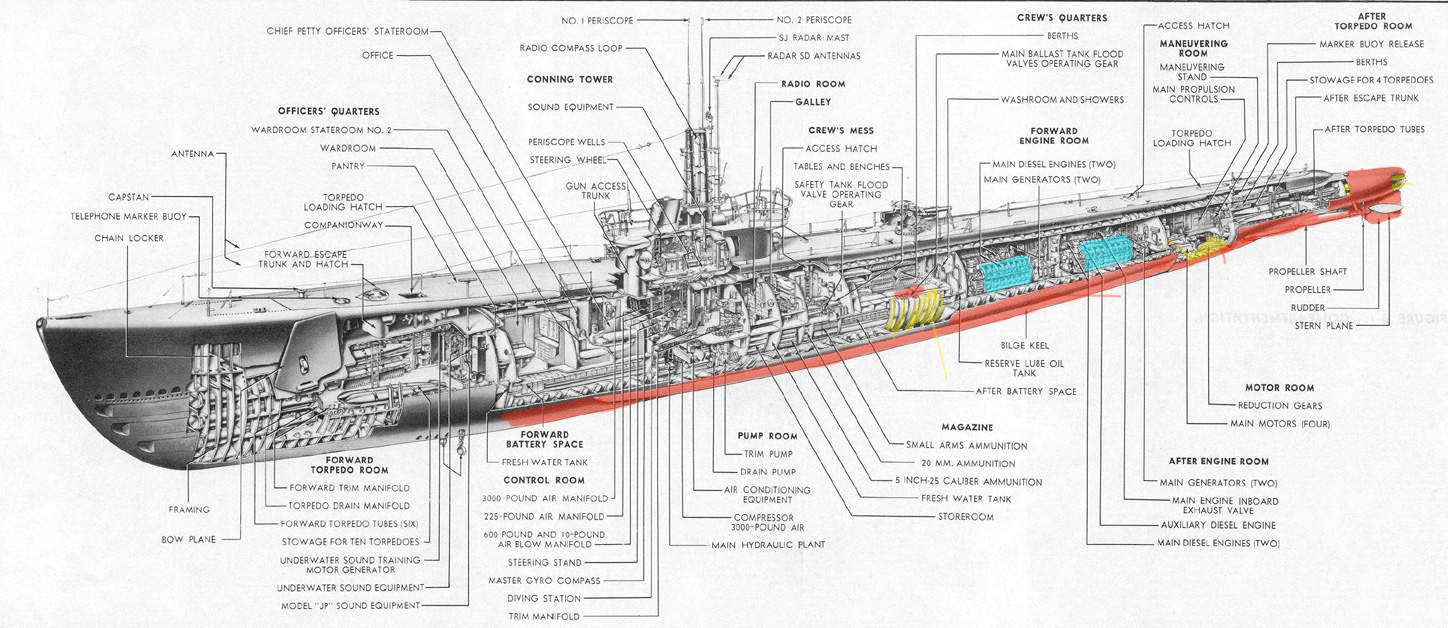

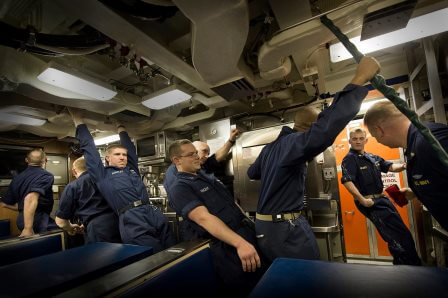
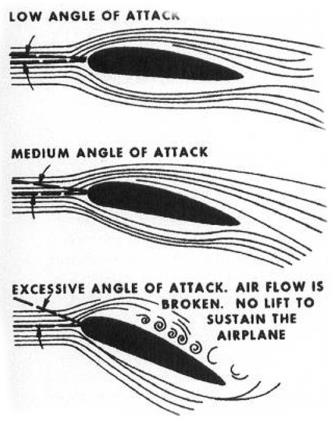
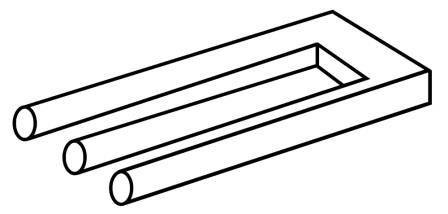

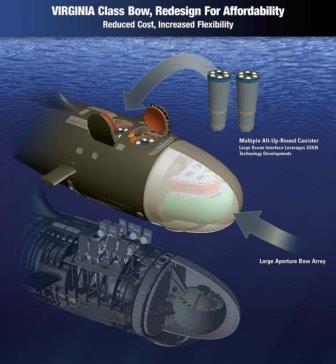
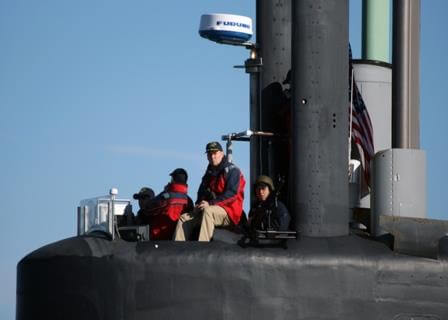
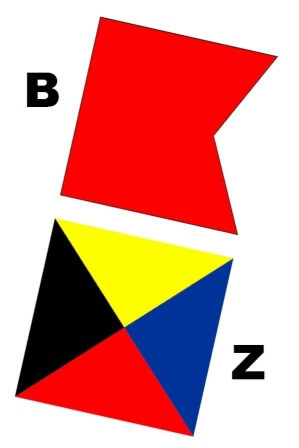

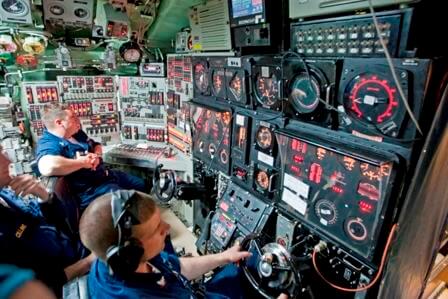
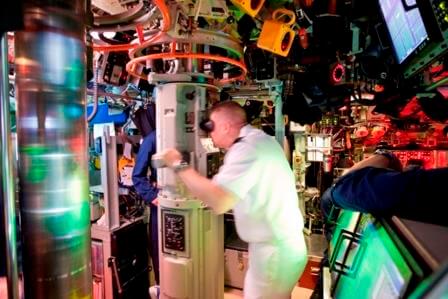
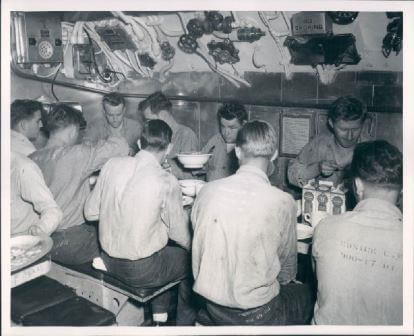
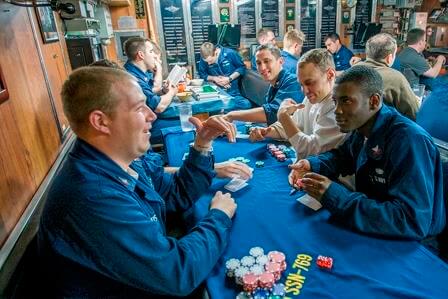

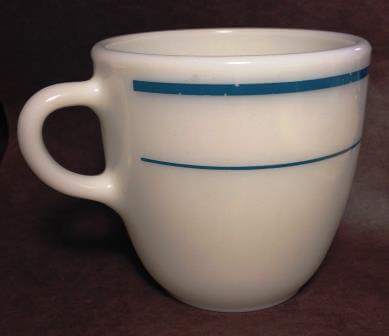
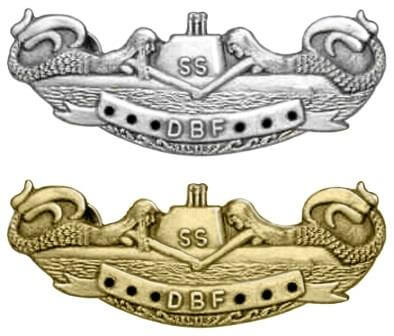

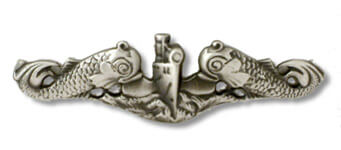
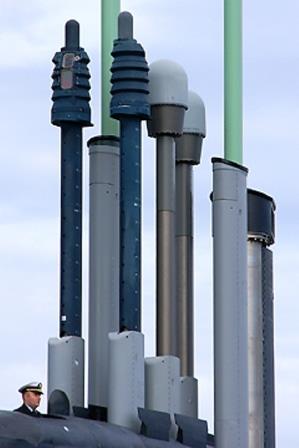
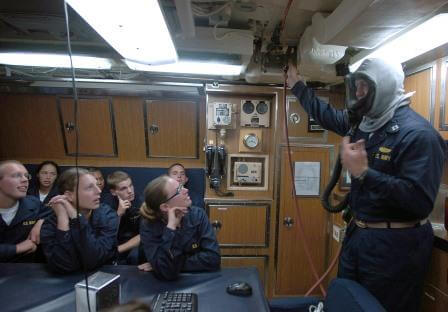
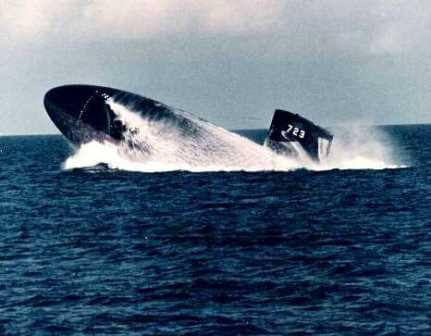
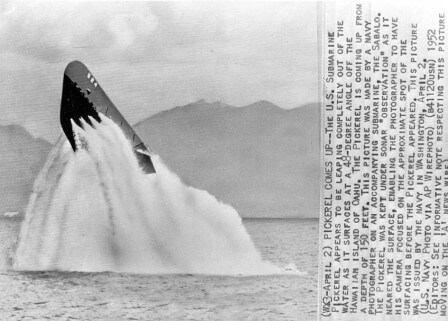
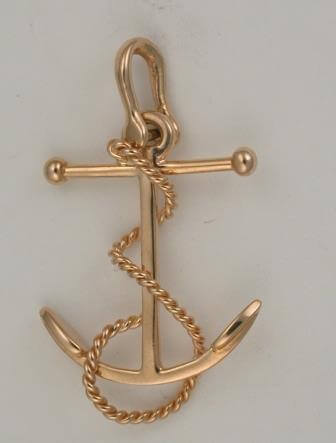
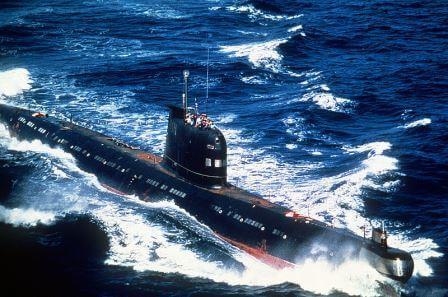
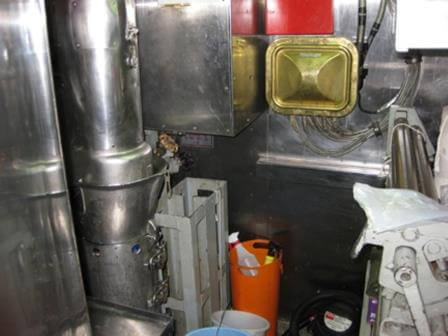
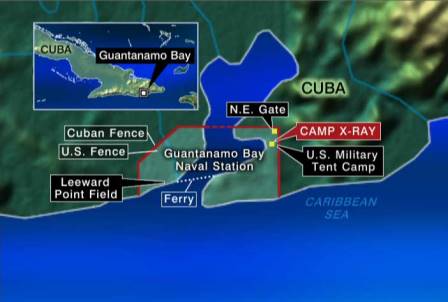
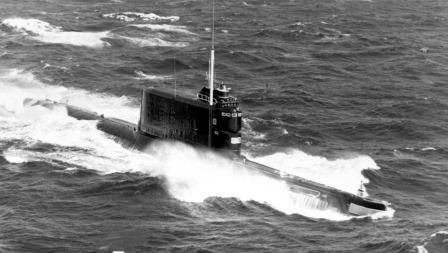

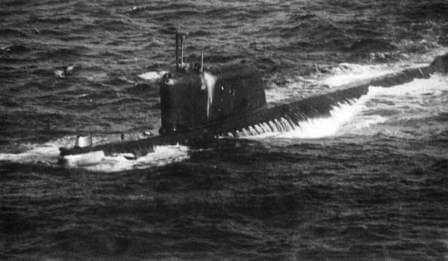
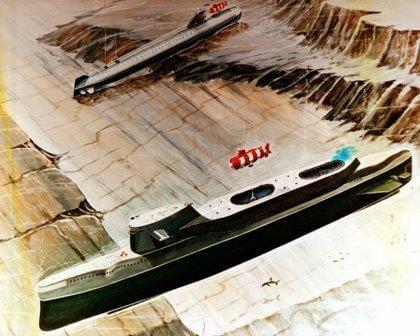

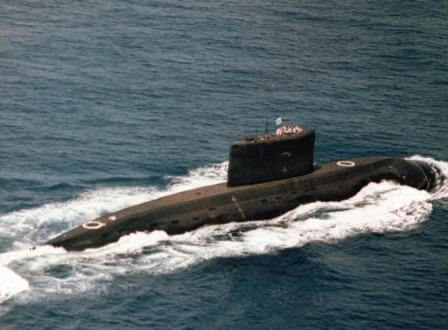
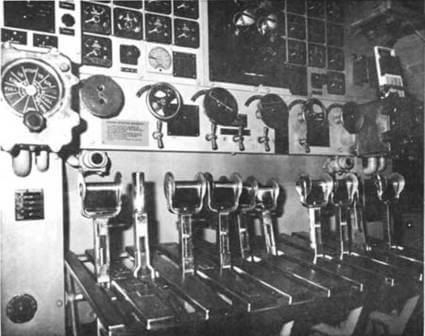


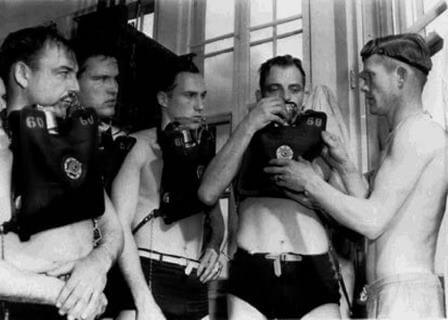



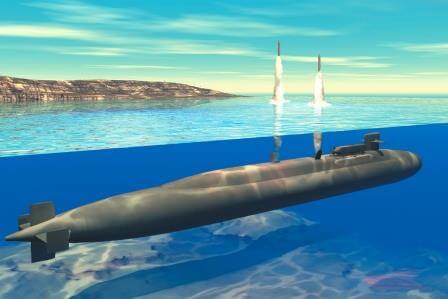
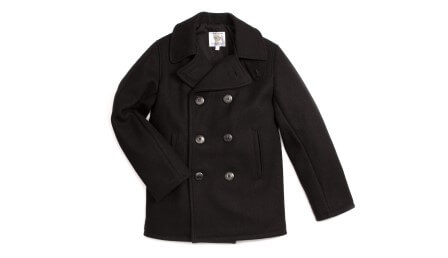
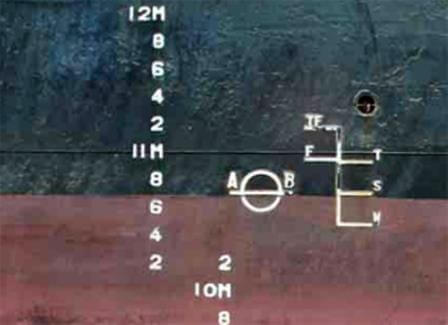
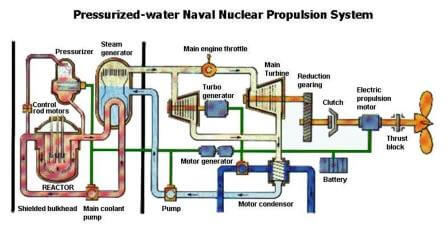
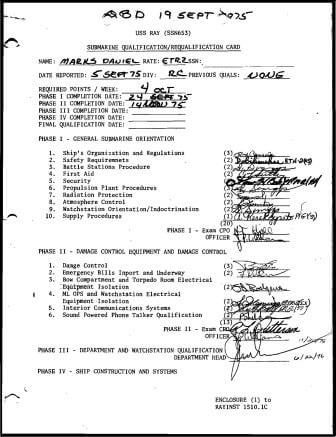
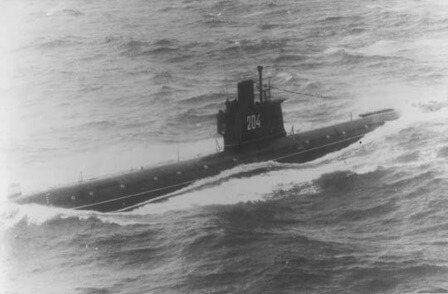
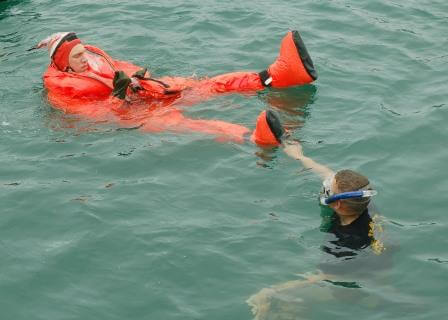

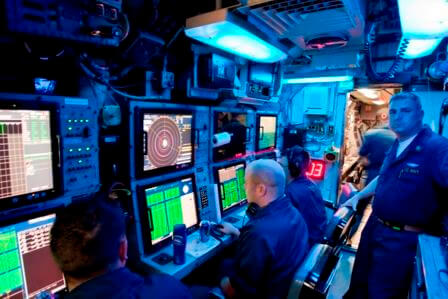
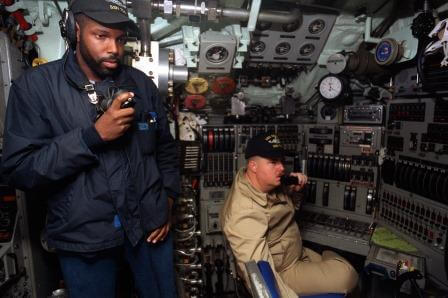
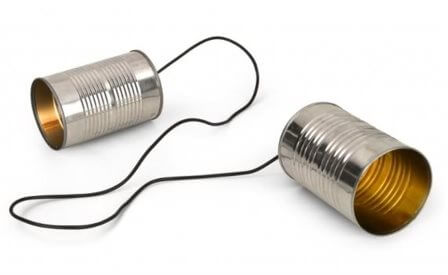
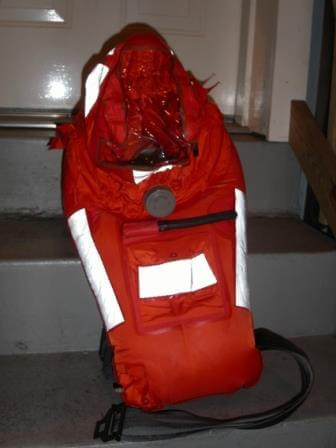
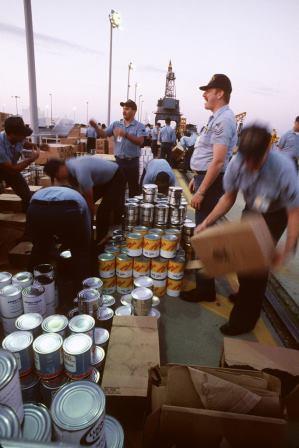


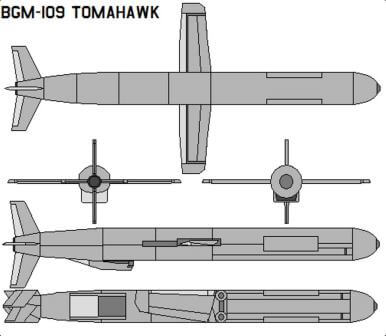
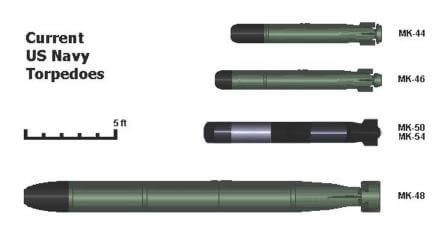
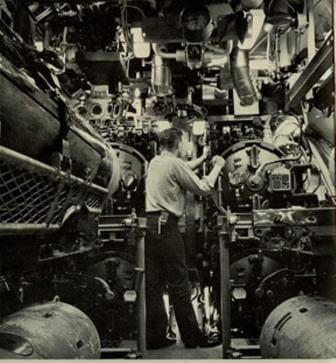
![One of the tubes on the USS Albuquerque [SSN-706], a nuclear fast attack.](Glossary/thumbnails/Tubes_USS_Albuqueque.jpg)
